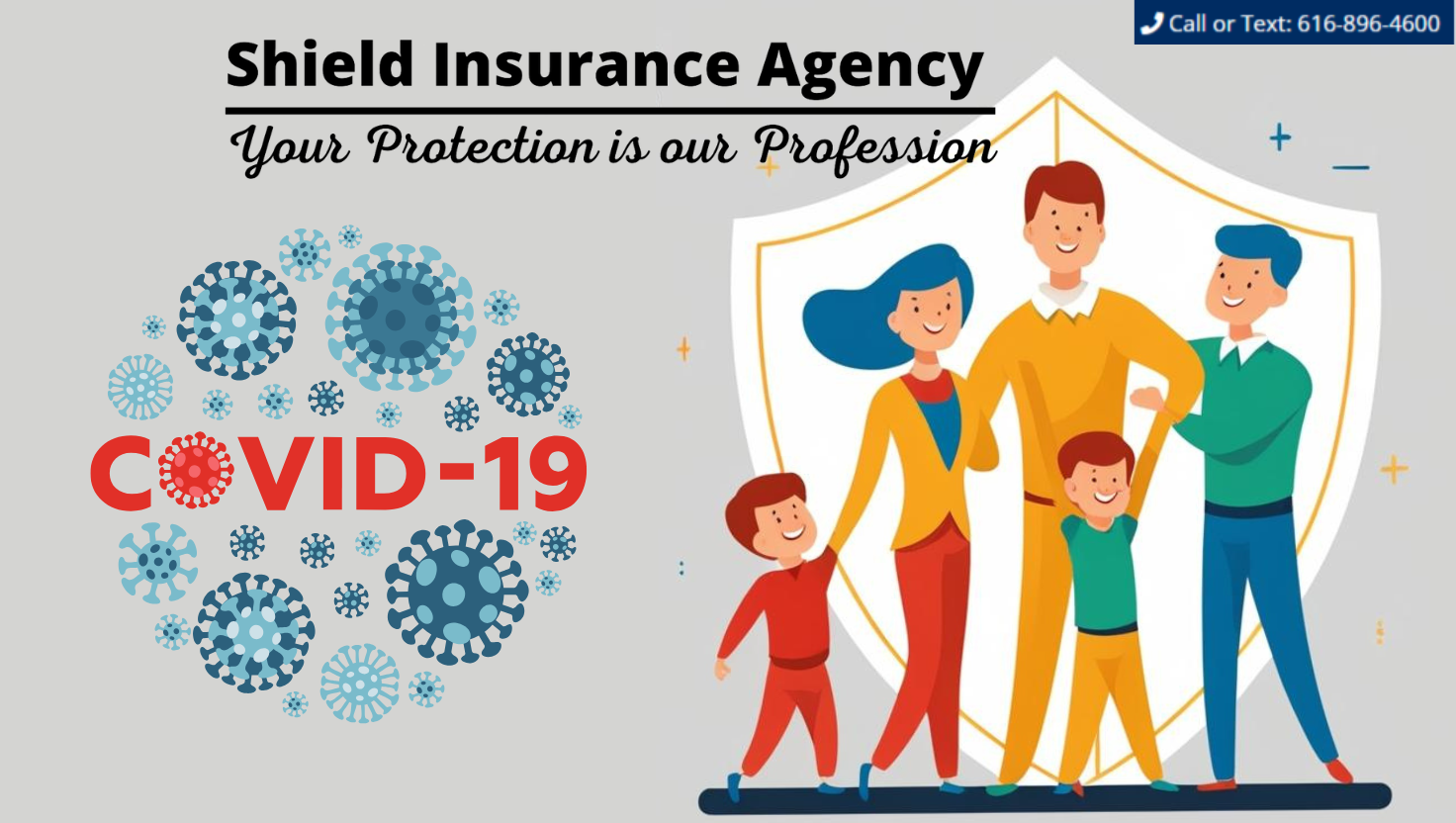
3 Ways to Winterize Your Business
3 ways to winterize your business
For business owners, Jack Frost can nip at more than your nose. If you don’t winterize, bitter winter temperatures can cause damages that will take a chunk out of your bottom line.
But a few preventative steps can keep your business winterized and safe from the dangers posed by the cold, ice, and snow.
1. Keep the water flowing during winter.
Frozen pipes can burst, causing major damage to any business location. Prevent this from happening by winterizing:
- Keeping your thermostats set at a minimum of 55°F when the building is empty.
- During especially cold winter situations, running a small trickle of water through your faucets to help keep pipes from freezing.
- Exposing pipes to warmer temperatures by keeping cabinet and utility room doors open.
- Making sure all pipes in difficult-to-access areas—such as crawlspaces, exterior walls, or attics—are insulated. Hardware or big box stores have foam and fiberglass insulation. The more insulated, the better!
- For unheated sprinkler control valve/fire pump rooms, using UL-approved gas or electric unit heaters to help keep temperatures warm.
- Installing a monitored electric leak detection system for the main domestic water line along with monitored electronic sensors near water sources to help you discover leaks before they cause significant damage.
2. Keep your heating bills in check.
Maintain an efficient furnace and keep energy costs under control with a few simple steps to winterize:
- Use a programmable thermostat to reduce heating costs by as much as 30%. During low-occupancy hours, set the thermostat several degrees lower for significant savings.
- Check your heating ducts to see if the insulation should be replaced. Inadequate insulation could lead to higher energy bills.
- Install energy-efficient glaze on windows and doors. Save money on your energy bills by replacing the existing glass with low-emissivity glass designed to prevent heat from escaping. As much as 20% of a facility’s heat is lost through windows and doors.
- Clogged, dirty air filters can restrict airflow and increase your energy demands. Replace or clean your furnace filters regularly to keep your heating system efficient.
- Alter your ceiling fans so they rotate in a clockwise direction, which can actually reduce heating costs by forcing warm air near the ceiling lower and warming the room.
3. Keep a roof over your head.
Your roof can take the brunt of winter’s force, whether it’s bitter cold, snow, or ice. Keep it in tip-top shape by keeping it winterized:
- Clearing your roof of all debris, dirt, and leaves, which can block gutters and downspouts, preventing snowmelt from properly draining away from the building. It can also cause ice dams and heavy snow buildup on your roof, which can cause additional damage.
- Inspect gutters and downspouts to see how securely they’re fastened to the building. Snow and ice can cause gutters to weaken and break away from the building, allowing water to seep into the wrong areas.
- If a winter storm occurs, plan to have a professional snow removal service clear the roof of excess-accumulation. This will prevent excessive loads on the roof and eliminate the possibility of structural failure.
Talk to your local independent Shield agent for complete details on our business coverage. This article is for information purposes only. For specific coverage details, always refer to your policy. If the policy coverage descriptions in this article conflict with the language in the policy, the language in the policy apply.
References:
– Insurance Institute for Business & Home Safety (IBHS)
– Smallbiztrends.com




























































